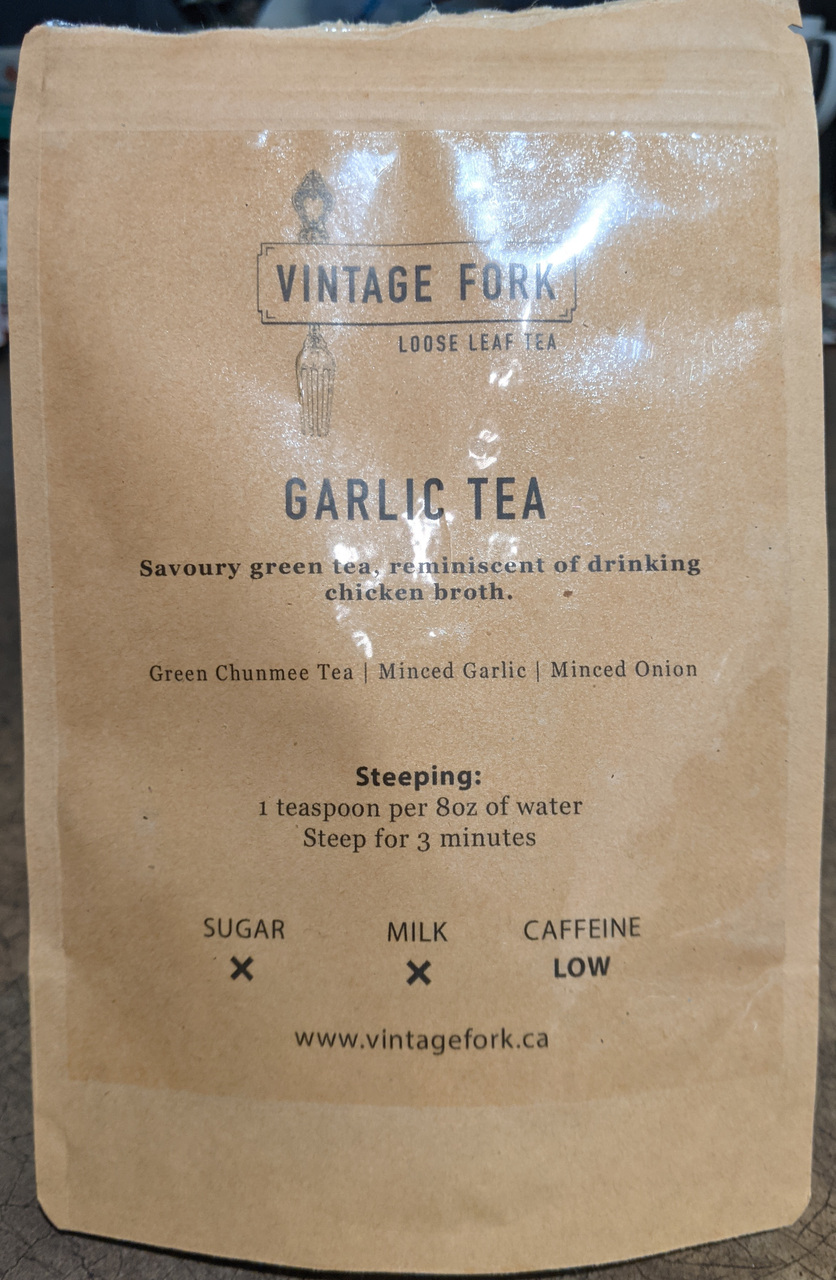Posts from August 2021
The Framework Laptop
I received my Framework laptop and after a few of days with it I’ve written down my impressions comparing it to my X1 Carbon (tl;dr okay battery, otherwise wow!)

Modern consumer electronics, including phones, tablets, and laptops, rely on copious amounts of glue, security screws, plastic tabs, soldered components, and other design elements that make repair and service darn near impossible. Thanks to the likes of Apple, we’ve been sold the idea that this lack of serviceability was necessary in order to deliver devices that are thin, light, sturdy, and performant. The result is an electronics market dominated by devices costing upwards of a thousand dollars while being treated as essentially disposable.
It wasn’t always like this!
There was a time when PCs were a thing people built and maintained, replacing and upgrading components as needed to keep a device functioning. After all, who could possibly justify throwing away a whole machine just because a component went bad?
Well, for folks who are not aware, Framework is a new entrant in the consumer laptop space that has a unique and, to me, very compelling mission: to build a thin, light, high quality laptop that’s also highly modular, repairable, and critically, user serviceable.
For context, I’ve long been a big fan of Lenovo, and my daily driver up to this point was a Lenovo X1 Carbon I bought in 2017. The X1 is, at least in my opinion, the absolute pinnacle of PC ultrabooks. They’re small, light, fast, incredibly sturdy, and compared to the rest of the market, pretty user serviceable.
But when I heard about Framework and the mission of the company, I knew I had to give them a chance, so I decided to pre-order the DIY version of their first generation device. The following is a write-up of my impressions after a couple of days of use.
In short: while battery life leaves something to be desired, the Framework laptop compares extremely favourably with the X1 at a fraction of the price.
Continue reading...Review: Vintage Fork Garlic Tea
A friend of mine got me a set of Vintage Fork savoury teas and I just had to post about them. First one: Garlic

Savoury green tea reminiscent of drinking chicken broth
I started with this tea because, a) I love onion and garlic, and b) I enjoy a nice cup of soup. So how could I possibly go wrong with a tea that tastes like both?
And you know what? This tea is surprisingly good!
The tea brews up looking like a classic green, but the aroma is a definite departure, giving you a hint of what’s to come.
The onion and garlic in this tea are quite well balanced, neither overwhelming nor too subtle. But what really surprised me was how well these flavours paired with the tea. The whole thing really does work well together!
As an aside, I found myself eating sour cream and onion potato chips while drinking this tea, and it really was a tasty combination! Yes, I recognize this is a bit weird.
All in all, I recommend giving this a try!
- (https://b-ark.ca/Gm2AMc)
And just like that I got my DIY edition laptop from Framework! Thanks @FrameworkPuter !
- (https://b-ark.ca/uCOCQE)
@CBCEdmonton blindly parroting @jkenney ‘s distorted talking points without criticism is the worst kind of yellow journalism. No one has proposed “[shutting] off a major, industrialized economy with the flick of a switch” and he knows it.
- (https://b-ark.ca/s22mWc)
A belated photo of our lovely new front yard design! We couldn’t be happier with the way it came together!
- (https://b-ark.ca/kw_Owg)
Nice! For my blog I have a Calibre db containing metadata, covers, etc, for books. Then I wrote a Jekyll plugin that uses calibredb to pull the data out and populate my pages at build time. This reminds me I need to write a post about this…
How I Book Blog
I used to use Goodreads for tracking/reviewing books I’ve read. Then Amazon bought them and I decided to move all that stuff to my own blog. This is how I did it!
So while it turns out I forgot I’d posted about this topic a while ago, it seemed worth revisiting and writing a focused post on how I’m book blogging.
Anyway, I don’t know about you, but I tend to have a remarkably poor memory for the books I’ve read. After I’ve finished a book or series, it doesn’t take long for the details to get washed out and for my thoughts to blur into vague recollections of what the book made me think and feel. It was for this reason that I started using Goodreads.
For me, Goodreads served a few useful functions. First, it gave me a place to track what I’m reading and, more importantly, what I’ve read. Second, it gave me a spot to jot down my thoughts about books so that, later, I could go back and read those notes and refresh my memory.
But that meant trapping all of that information in someone else’s silo, and I was never particularly comfortable with that. And when Amazon went and bought Goodreads, I basically stopped using the service, and as a result, stopped tracking my reading.
When I decided to reinvent my blog, I undertook the project with a central goal in mind: to take back control over my own data and content. To that end, book blogging was a perfect fit for this vision, and so I wanted to describe how I’ve leveraged approaches from the IndieWeb to solve this problem and scratch my own itch.
By the way, I want to thank Jamie Tanna and their post on a Microformats API for Books which reminded me to finally write this post!
Continue reading...

